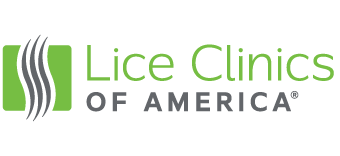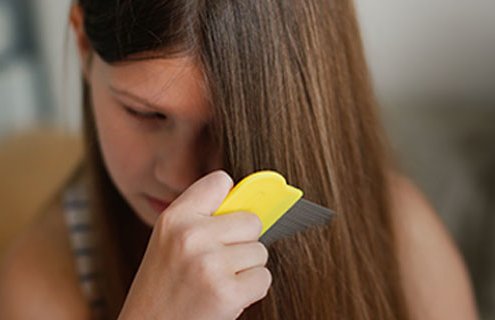
How Do You Do A Proper Head Lice Check At Home?
The simplest solution is to have a professional conduct head…

Are Head Lice Common At Summer Camps? How Do I Protect My Child?
The prevalence of lice depends a great deal on the age and gender…

Are Certain Activities More Common To Expose Kids to Head Lice?
It’s important to know some lice basics. Lice cannot jump…
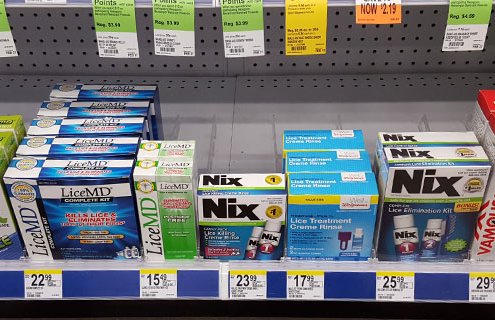
Why Don’t Over The Counter Medications Work Anymore?
A 2016 article in the Journal of Medical Entomology found that…

The Real Health Risk of Head Lice
Nothing sets off a parent’s anxiety quite like when their children…
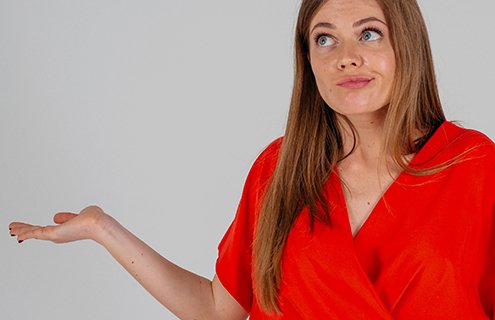
It’s Not Lice, but I’m Still Itchy! Part 2!
In a previous post, we identified some scalp conditions that…
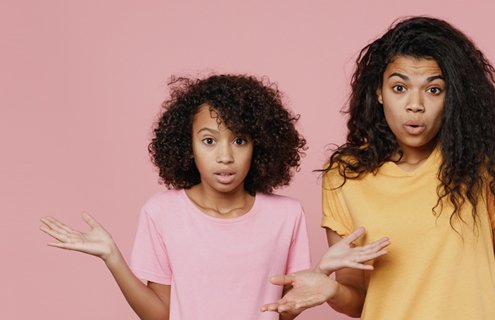
It’s Not Lice, but I’m Still Itchy!
Your head has been itchy, you’ve checked yourself for head…
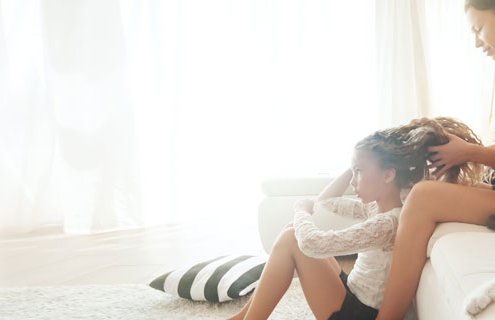
Telling the difference between Head Lice and Dandruff
If you are like most parents, you worry about your kids getting…
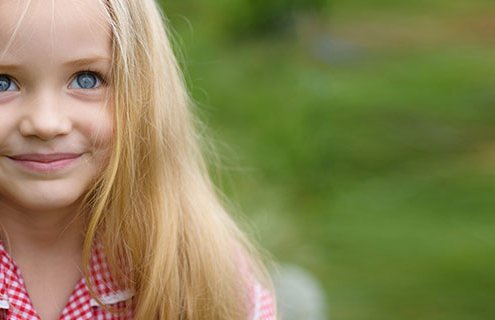
10 Myths about Lice – Busted
One of the most harmful things about head lice is the wealth…

Does Mayonnaise Kill Head Lice?
Parents who suddenly discover head lice on their kids’ heads…
